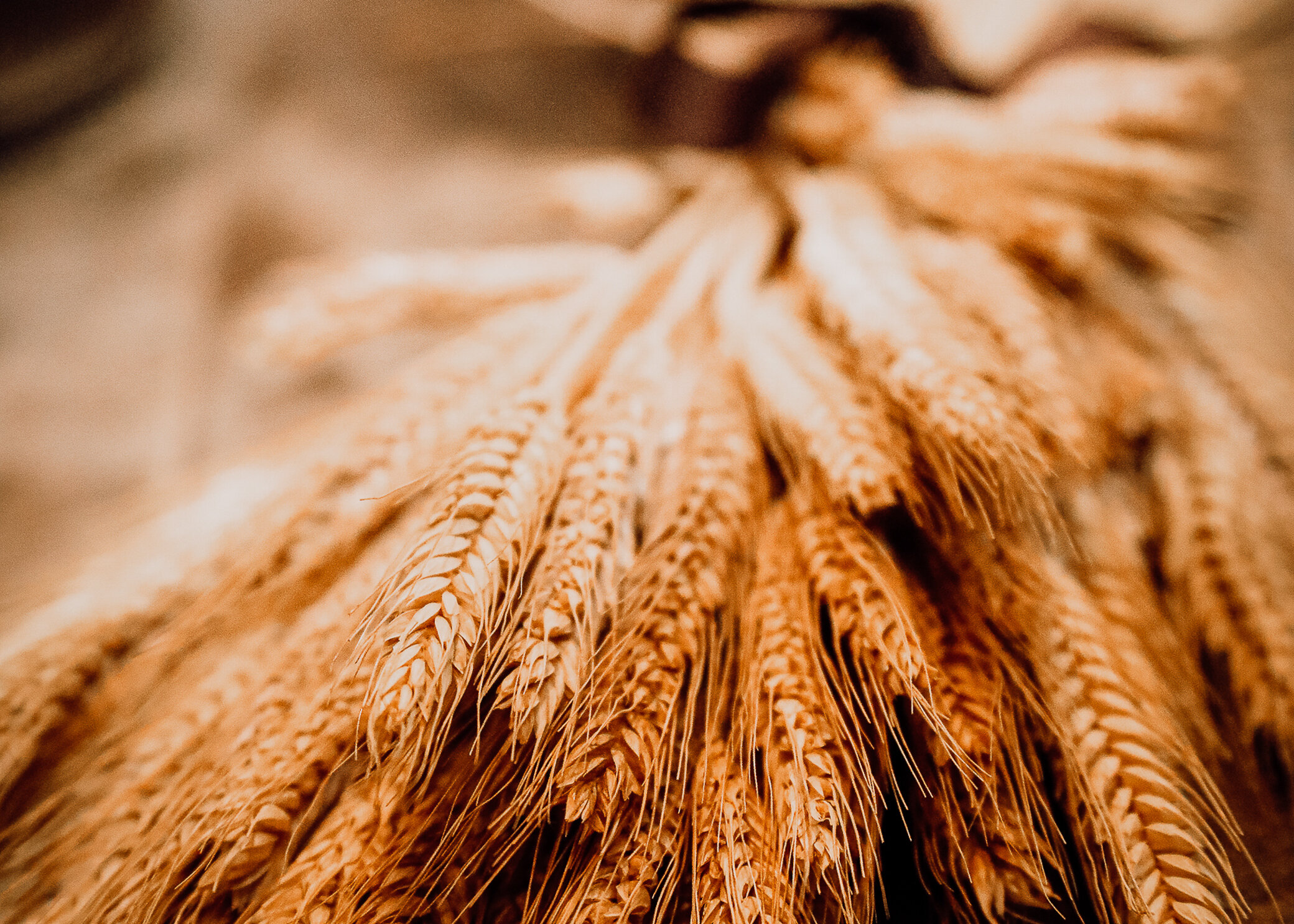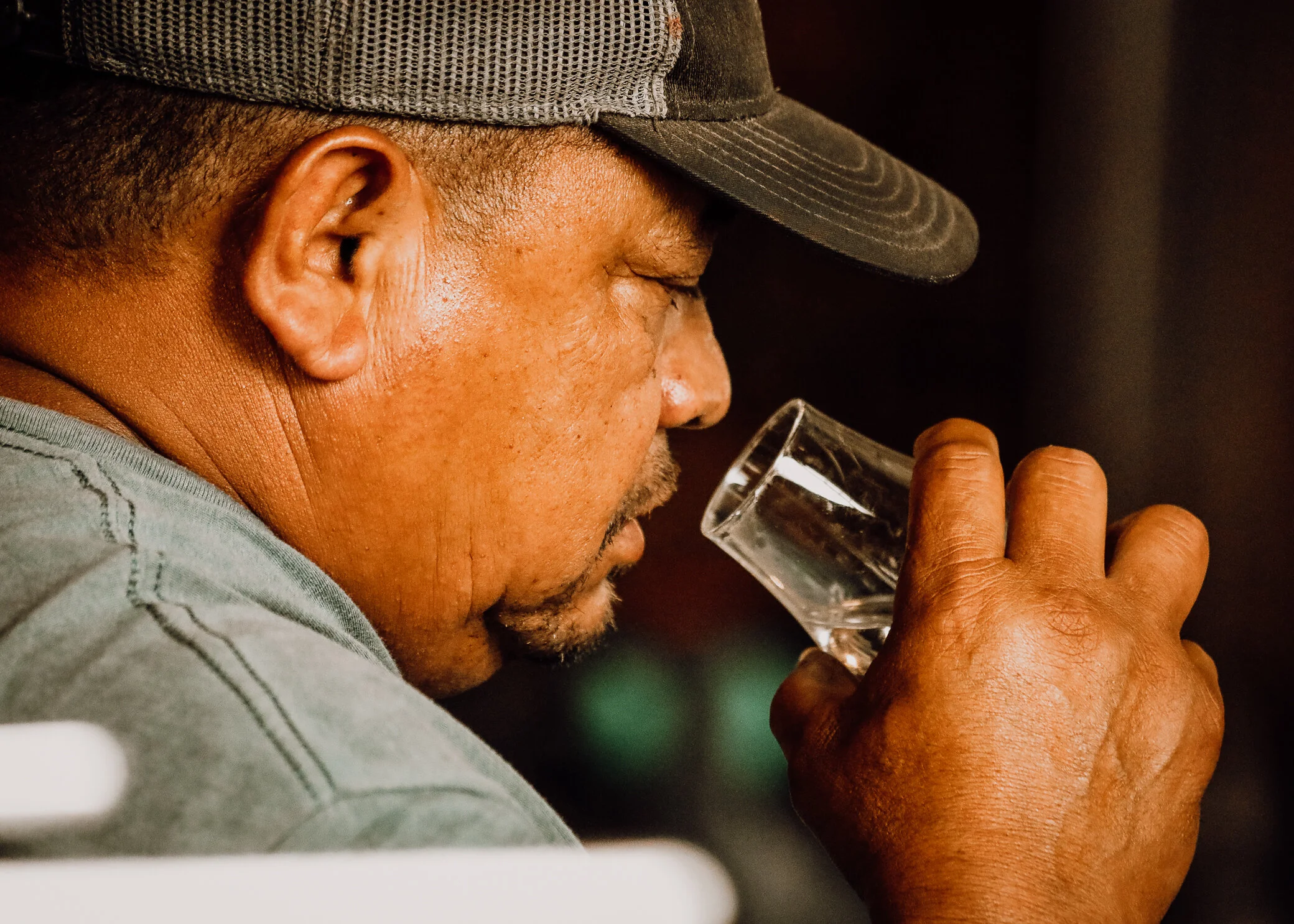The Spirit Lifecycle: Bourbon
At St. Augustine Distillery, every drop of bourbon we bottle comes from our own distillery. Why? Because we believe in capturing the Spirit of Florida in every single step of the process. Here’s how we make our world-class bourbon:
Mash
When it comes to bourbon, the mash is everything. This mixture of water, corn, wheat, and barley is the first step in creating a world-class spirit, which is why we’ve made our very own special blend. Our mash bill consists of 60% Florida corn, 22% malted barley, and 18% Florida wheat for a spirit that is 100% ours.
First, we add the corn to our 750-gallon mash cooker. After cooking the corn at high heat, we cool the mash and add our wheat. We then cool the mash further and add the barley, and gently finish the mash cook. Once that mixture has cooled down to 100ºF, we add yeast which will turn the sugars in the mash into alcohol.
Fermentation
The addition of yeast marks the beginning of the next step: fermentation. After adding the yeast, we pump the mixture into our temperature-controlled fermentation tanks, or blocks. The mash stays in the fermentation block for 4 to 8 days at a consistent temperature of 78-80ºF (depending on the season), which provides an ideal environment for the yeast to work its magic.
When the yeast consumes sugars present in the mash, it releases alcohol, heat, and CO2. Once the fermentation process has been completed, the mash has become what is called distiller's beer, which has an alcohol content of approximately 10-12%. We then pump this mixture of grains and liquid from the fermentation tank into our stripping still, where the next phase of the process begins.
Low Wine
After the mash leaves the fermentation block, we run it through our stripping still. Each still needs a name, and we call our stripping still Bessie. Bessie takes the distiller's beer and boils it until it forms a vapor. That vapor is passed through a tubing system where it cools and condenses into low wine, or unrefined alcohol, that will later go through a refining process to become spirits.
After the low wine has been distilled, a slurry of grains remains in the still (spent grains). These grains have been stripped of their sugars, and all of the alcohol has been removed. We pump these spent grains into holding tanks and donate these to local farmers for cattle feed. We save disposal fees, the farmers get free cattle feed - a process as old as distilling itself!
Now, it’s time for the spirit still.
Heads, Hearts, Tails
The low wine enters the spirit still where it undergoes one of its final transformations. Our spirit still is named Ella after the legendary jazz singer Ella Fitzgerald. Ella was a refined singer, so we named our still after her since this is where we refine our spirits.
First, we heat the spirit slowly and begin the magic that is pot distillation. Once the alcohol begins to flow from the still, we separate the spirit into three categories: heads, hearts, and tails. The process of separating the spirit into these categories is known as making cuts, and the quality of the spirit is dependent upon the skill of the distiller making these heads, hearts, and tails cuts.
Heads are spirits from the beginning of the run which contain a high percentage of low boiling point alcohols and other undesirable compounds, such as aldehydes and ethyl acetate. Heads are discarded or utilized as cleaning supplies.
Hearts are the desirable middle alcohols from the run. This is the spirit that gets put into the barrel to become bourbon. We collect hearts until we are no longer satisfied with the quality, at which point we make another cut (the Tails cut). Of course, if you know the ABC's of Bourbon, you know that the hearts must be no higher than 160 proof!
Tails are the next stage of the distillate and contain a high percentage of fusel oil and very little alcohol. Tails are either discarded or added to the nest run of the stripping still. All of these "cuts" are made by hand each day, and the decision of when to start or stop collecting the hearts is guided by the trained palates of our distillers. A good chef always tastes their food!
Barreling
Now, all the “hearts” will be placed in 53-gallon American White Oak Barrels to begin the final aging process. High-quality barrels are essential for creating the flavor that makes our bourbon unique. Our barrels come from Kelvin Cooperage, an artisan barrel company in Lexington, Kentucky. Our barrels are made from wood that has been ricked and air-dried for 18 to 36 months, and then each barrel is built, toasted, and charred to our specifications.
The barrels are first toasted and then charred on the inside, which creates pockets in the wood where the bourbon enters and interacts with the various sugars and compounds in the wood. This is where the magic happens, as the bourbon will cycle through the wood to add 100% of its color and up to 60% of its flavor. The longer it’s aged, the more cycles it goes through, which creates a more complex, robust, and nuanced flavor.
Bottling
We age our bourbon for a minimum of three years, consistent with our age statement. When it’s ready, we dump the bourbon from the barrels and slowly proof the spirit to the bottle proof. The bourbon is then hand-bottled by our team to either sell at our distillery or ship to spirit lovers around the country. Each of our varieties of bourbon goes through a unique aging process, with different flavor notes that come from each step of the aging journey.
Experience The Spirit of Florida
We hope you enjoyed learning more about how we turn local agriculture into the finest hand-crafted bourbon. Visit our website to learn more about tours and tastings, and visit our online retailer to have the Spirit of Florida shipped directly to your door!







